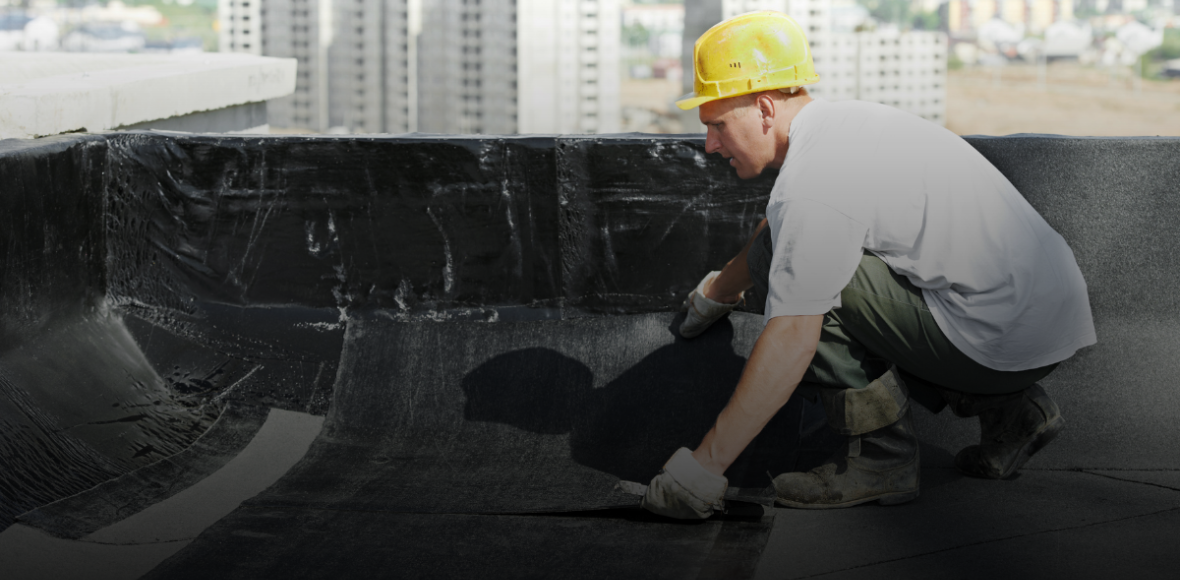
Protect your property from roof leaks. Common culprits include damaged shingles, flashing failures, and clogged gutters. Learn to spot the signs!
Every property owner’s worst nightmare is a leaky roof. From damaged insulation and discolored ceilings to electrical risks and structural instability, it can cause significant harm. Finding the source of a leak can be difficult, but you can save time, money, and a lot of headaches by knowing the typical culprits and how to tackle the issue.
The Typical Suspects: Typical Reasons for Roof Leaks
Rarely do roof leaks happen for no apparent reason. They are frequently caused by wear and tear, bad weather, or problems with installation.
Shingle damage or absence: The most frequent cause
Perhaps the most common reason for roof leaks is shingle damage. Shingles may be lifted, cracked, or even torn off by strong winds, exposing the roof deck underneath. Shingles can also become brittle and crack with time due to UV rays and temperature changes, which can allow water to seep in. Shingles that are buckling or curling are obvious signs of possible issues underneath.
Keep roof leaks from getting worse! Take a look at our extensive roofing services right now!
Vulnerable Transition Points: Flashing Failures
A vital element that is usually composed of metal, roof flashing forms a waterproof seal around roof discontinuities like vents, skylights, chimneys, and walls. Flashing can cause serious leaks if it is damaged, corroded, or installed incorrectly. A prime suspect is flashing that is bent, rusted, or missing. Water can seep in through even the smallest cracks, frequently far from the interior leak’s source.
Clogged Gutters and Downspouts: Water’s Unintended Path
Clogged gutters and downspouts can cause leaks even though they are not directly on the roof. Water cannot drain correctly when leaves and other debris clog gutters. After that, it backs up, overflows, and may collect beneath the shingles’ edge as well as against the fascia board before entering the roof structure. Gutter cleaning on a regular basis is an easy way to avoid expensive repairs.
Sealants around penetrations and compromised sealants
Anywhere satellite dishes, exhaust fans, or vent pipes pierce the roof, there may be a weak spot. Due to temperature fluctuations and sun exposure, the sealants applied around these penetrations may eventually deteriorate and peel off. This makes it possible for water to enter your house or place of business. Look for indications that the sealant is deteriorating in these areas.
The Unavoidable Factor of Age and General Wear and Tear
There is a lifespan for even the best roofs. The materials of a roof naturally deteriorate with age. Membranes become brittle, seals deteriorate, and shingles lose their granules. The entire roof is more vulnerable to leaks as a result of this general wear and tear. Leaks may indicate the need for a complete roof inspection or replacement if your roof is approaching or has outlived its anticipated lifespan.
How to Become a Leak Detective and Track Down the Source
Because water frequently moves along rafters and decking before dripping down in a completely different location, finding a leak can be challenging.
Did You Know?
That even a minor roof leak can cause serious damage to your property over the course of a year if it is not fixed?
Addressing roof leaks promptly is crucial for protecting your investment. Understanding their common causes and knowing how to locate them empowers you as a property owner. For expert assistance with roof leak detection, repair, and comprehensive roofing solutions, call Allied Roofing and Construction at (973) 851-2768.
Frequently Asked Questions
How often should I inspect my roof for potential leaks?
A: It’s recommended to visually inspect your roof at least twice a year – once in the spring and once in the fall – and after any major storms. Professional inspections every 3-5 years can catch issues before they become major leaks.
Can I repair a roof leak myself, or should I always call a professional?
A: Minor, easily accessible repairs might be handled by an experienced DIYer. However, working on a roof can be dangerous, and complex leaks often require professional expertise to ensure a lasting, watertight repair. For safety and assurance, calling a professional is always recommended.